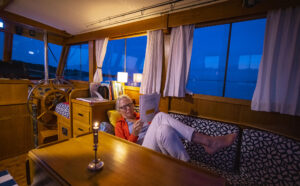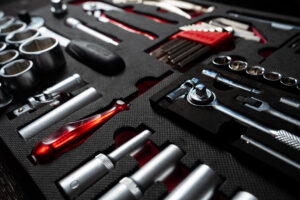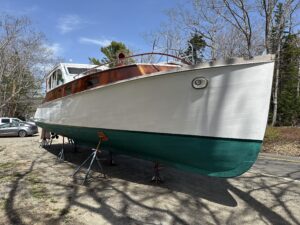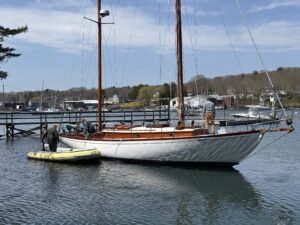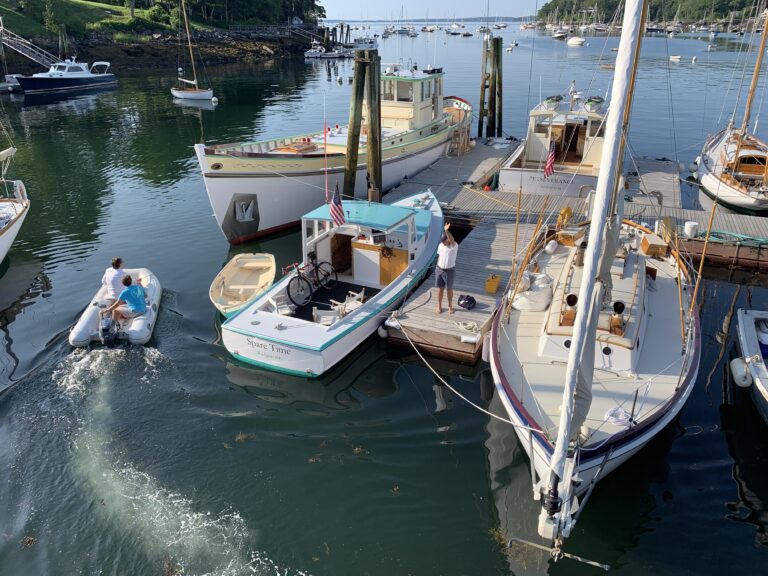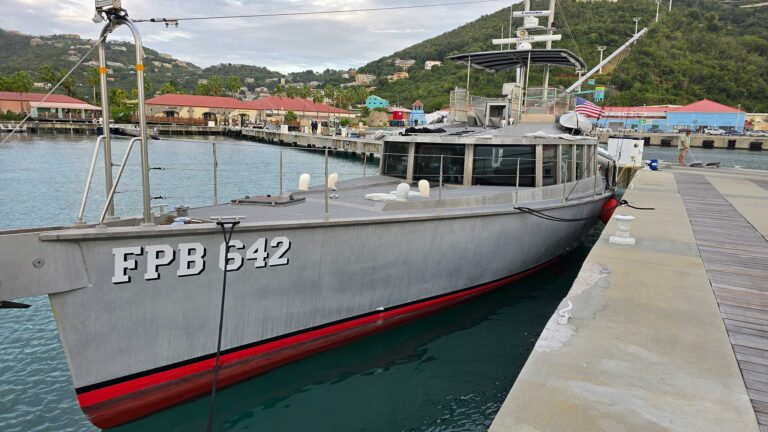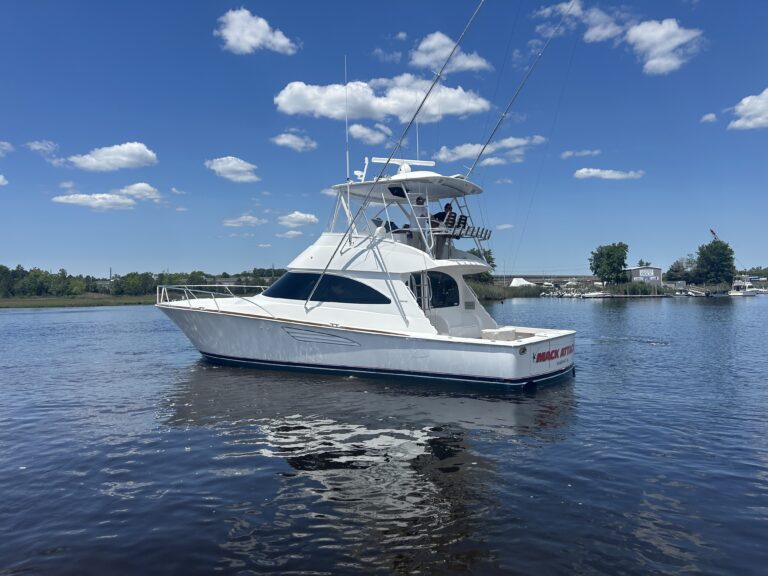If you’ve long had a crush on the original Bertram 31 but lacked the time and patience to restore one, your salvation has arrived. In a brilliant move, Bertram has teamed with yacht designer Michael Peters to produce the Bertram 35 in the image of her famous ancestor. Lyman-Morse Boatbuilding in Thomaston, Maine, will build two prototypes, and the first one will launch this year.

Bertram calls this new venture “the Moppie Project” in honor of the first 31, a racing boat designed by C. Raymond Hunt for Richard Bertram. In 1960 Moppie won the Miami-Nassau Race, enduring the roughest conditions in the event’s history. She broke the record by 4 minutes.
Bertram introduced a flybridge version of the 31 in 1980 to celebrate the 20th anniversary of Moppie’s victory. Its seaworthiness, speed and practicality captured the heart of boaters worldwide. The 35, Bertram believes, will resurrect this quintessential sportfishing boat — a dual-purpose vessel of moderate size designed in a traditional style and built in the United States. The company wisely has decided to lean on its heritage.
Few boats in my lifetime have created a stronger identity than the Bertram 31, and even a brief study of the new 35 reveals how she perpetuates that legacy. We see it immediately in the long cockpit and short superstructure and foredeck. These elements visually reinforce the dual-purpose character of both generations. The long cockpit gives the owner and guests a spacious fishing platform or versatile social area. Although the engine boxes intrude a bit, they serve as seats, and their location gives easy access to the power plants.
Unlike the 31, which had a subtle but lovely sweeping sheerline, the 35’s sheer is nearly straight and appears to slope slightly from stem to transom. The blister of a trunk cabin over the foredeck provides headroom in the stateroom, but it makes the forward section of the profile look a little less sleek than the 31’s flush foredeck.
Superstructures can be a designer’s nightmare, mostly because they are so visible. Good ones blend with the overall design, but bad ones stick out like warts. Peters and Bertram have drawn heavily on the well-integrated shapes first used on the 31. Although they’ve kept the gracefully rounded windshield, the radius is greater on the 35, and they’ve carried that arc all the way to the top of the windshield on the flybridge. An identical angle defines the front of the house and flybridge. Any significant deviation here would ruin the structure’s harmony.
On the after part of the house, designers further enhanced the appearance by echoing the lovely curvatures throughout the structure. Even the lip of the flybridge’s after overhang enjoys this thoughtful touch. All of the themes in the house create the illusion of grace instead of bulk, and this is the secret to drawing a practical house that looks as though it belongs to the rest of the boat.
The 35 will ride a deep-vee hull, as did the 31. Peters has said more than once that the deep-vee is the greatest invention of 20th century powerboat design. Properly drawn, this type of hull provides the best combination of ride, handling and fuel economy at high speeds, especially in rough seas.
I look forward to driving a 35.
This article originally appeared in the March 2016 issue.


